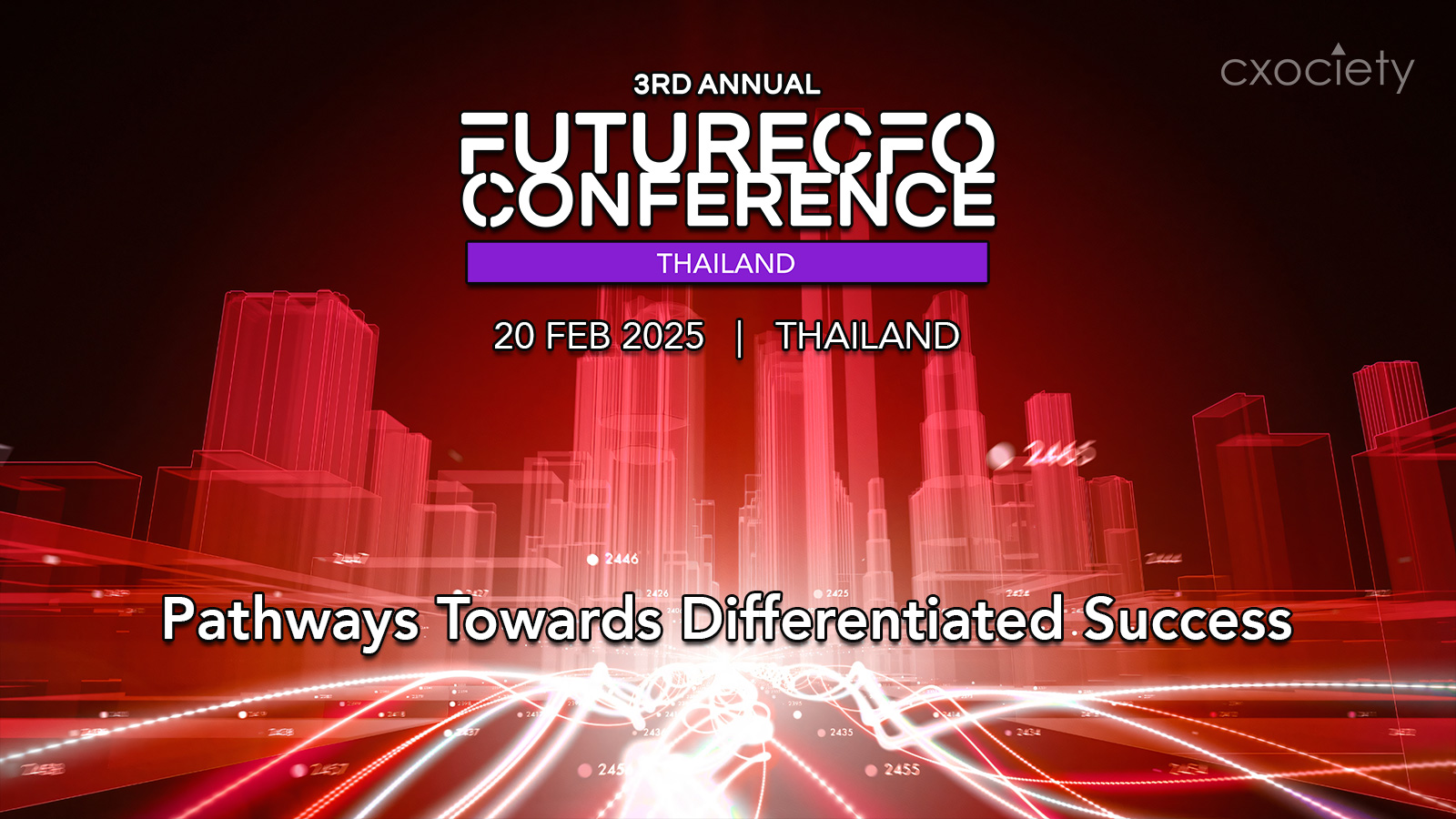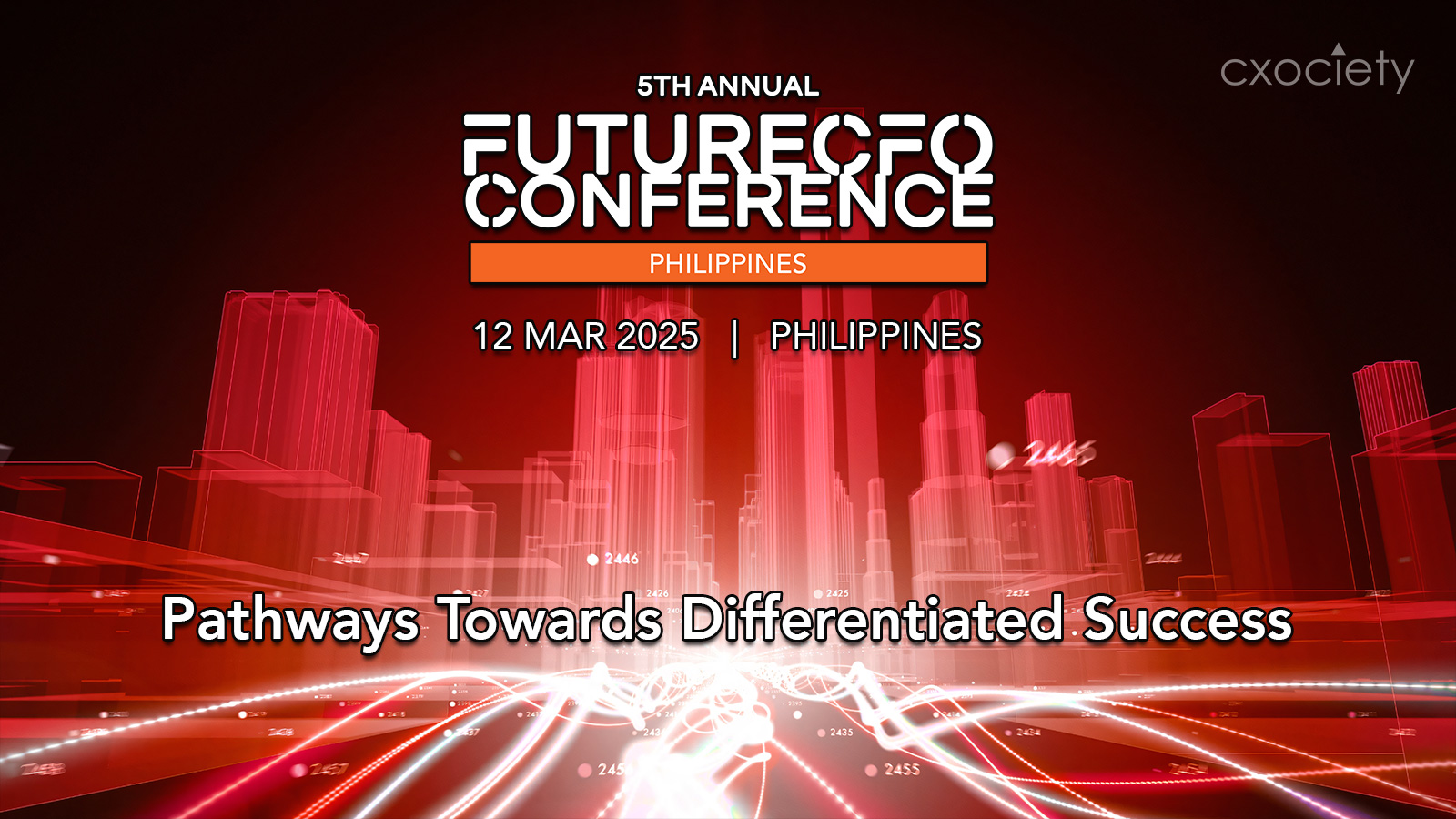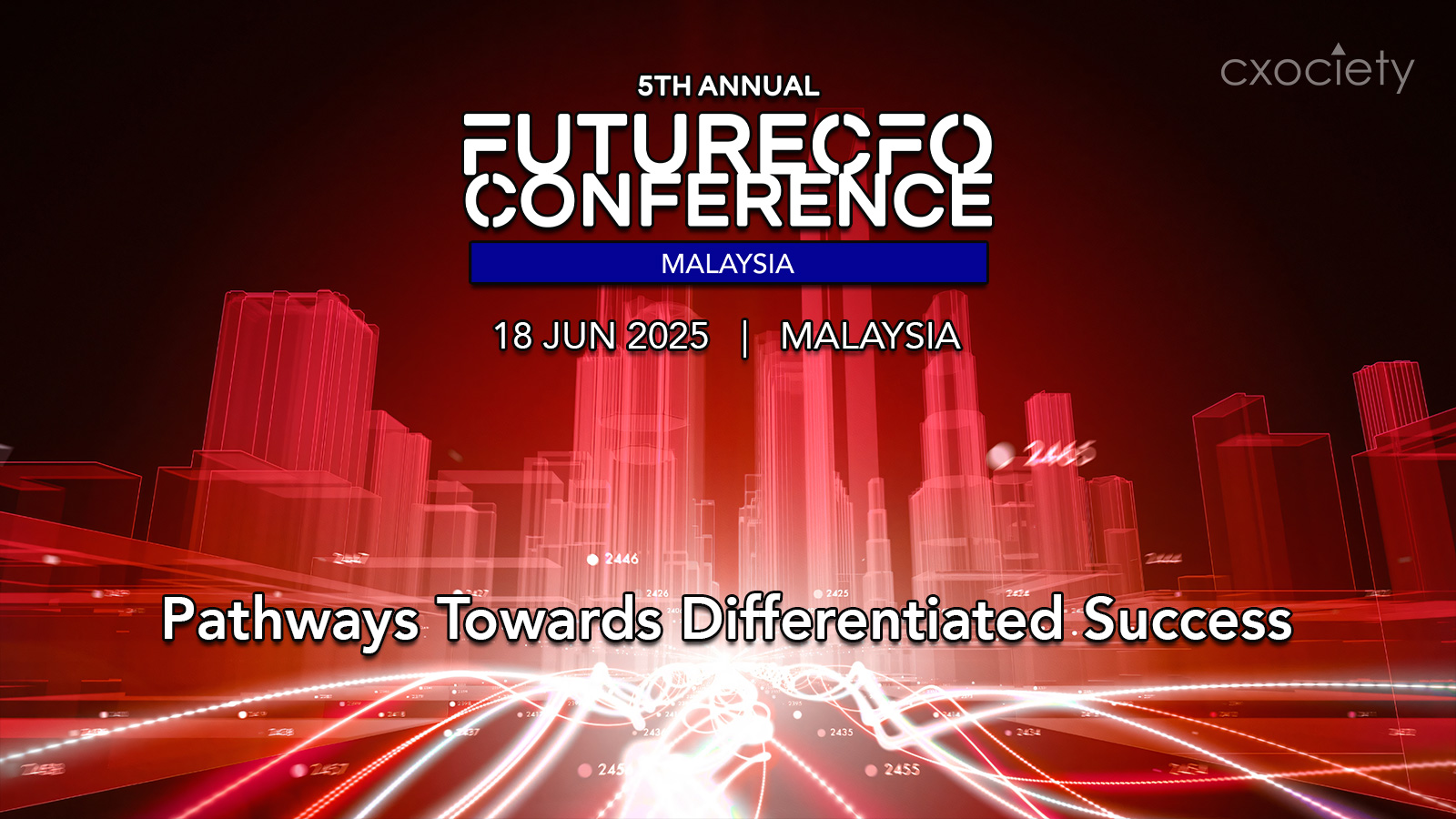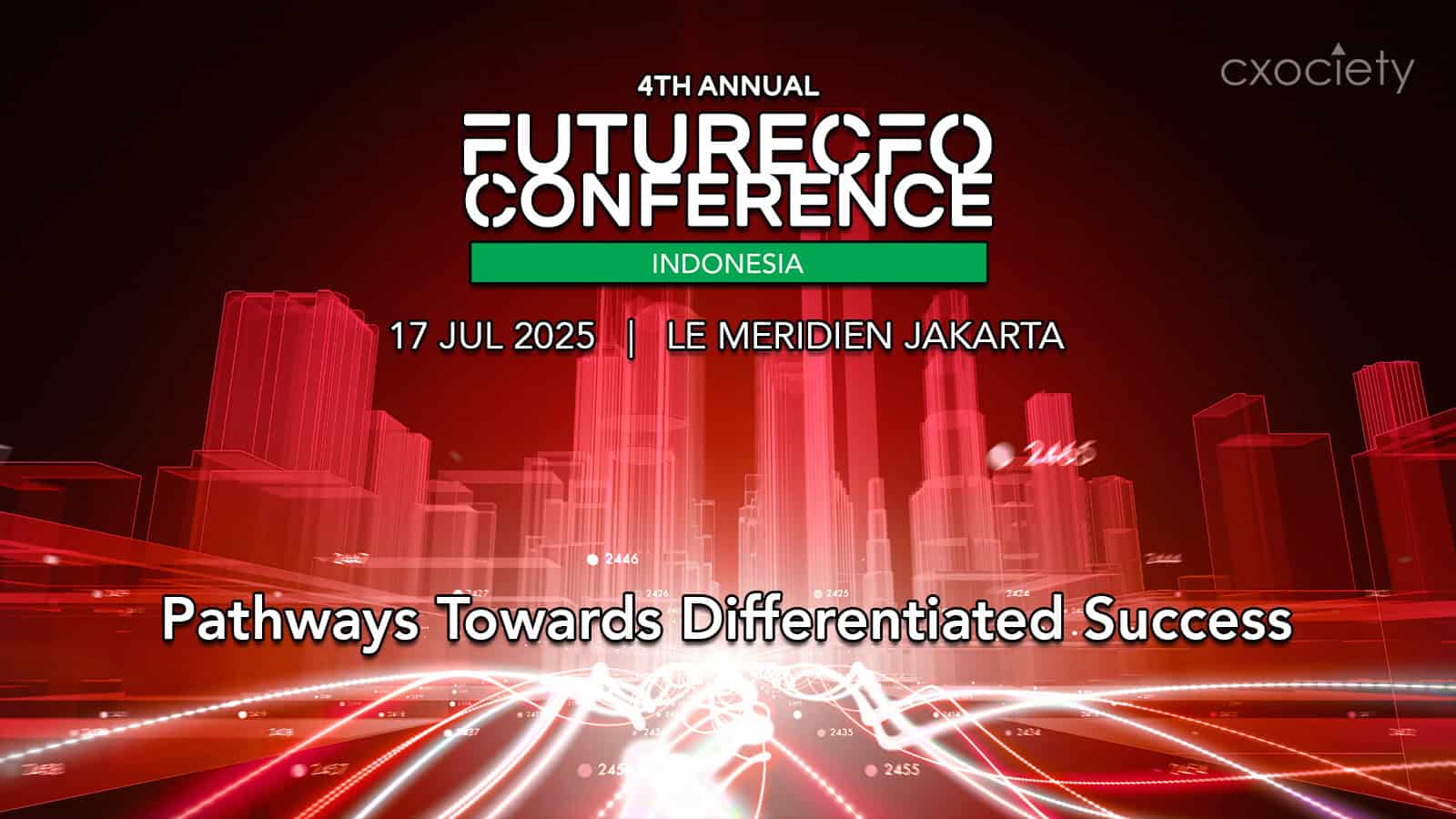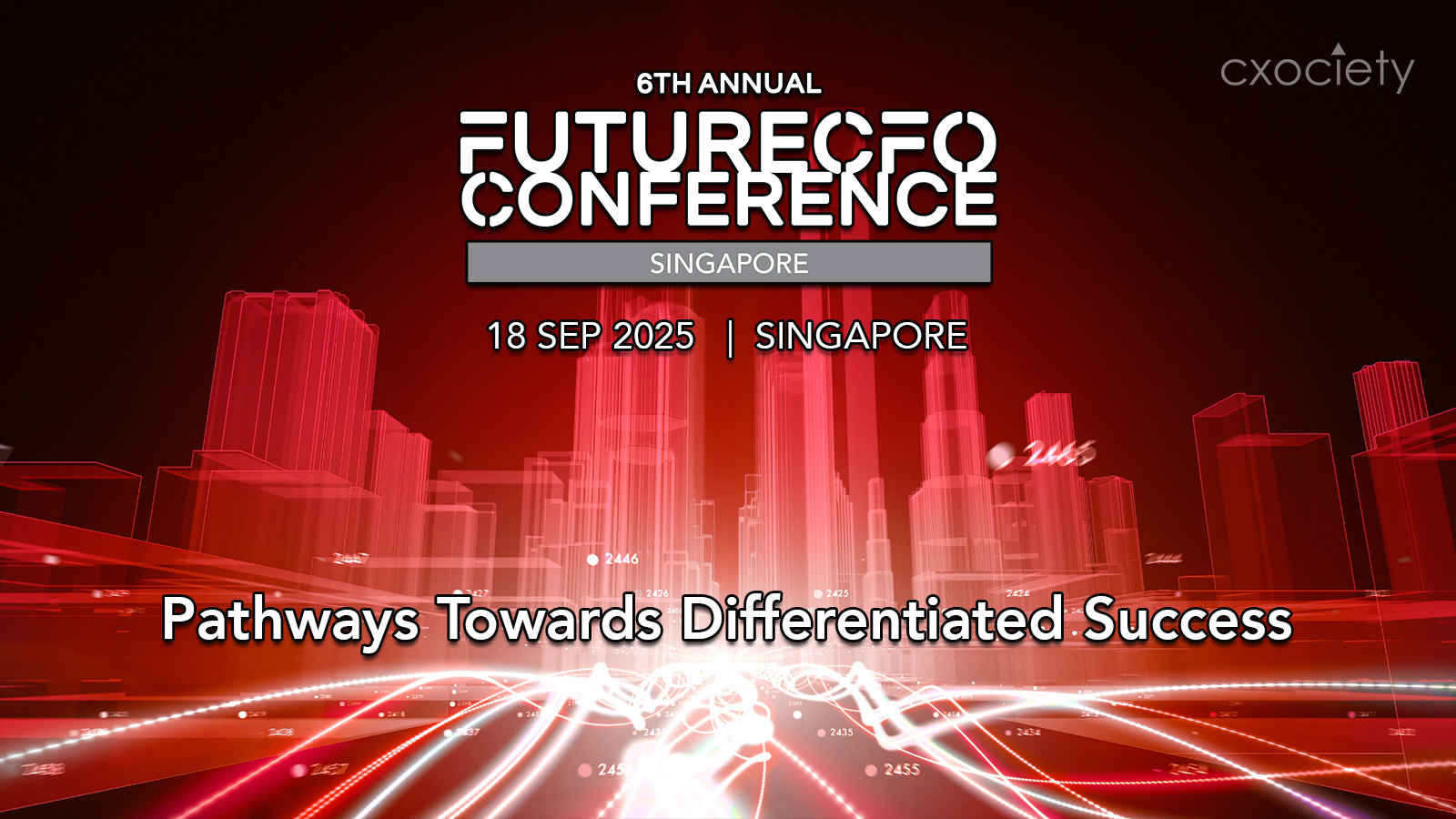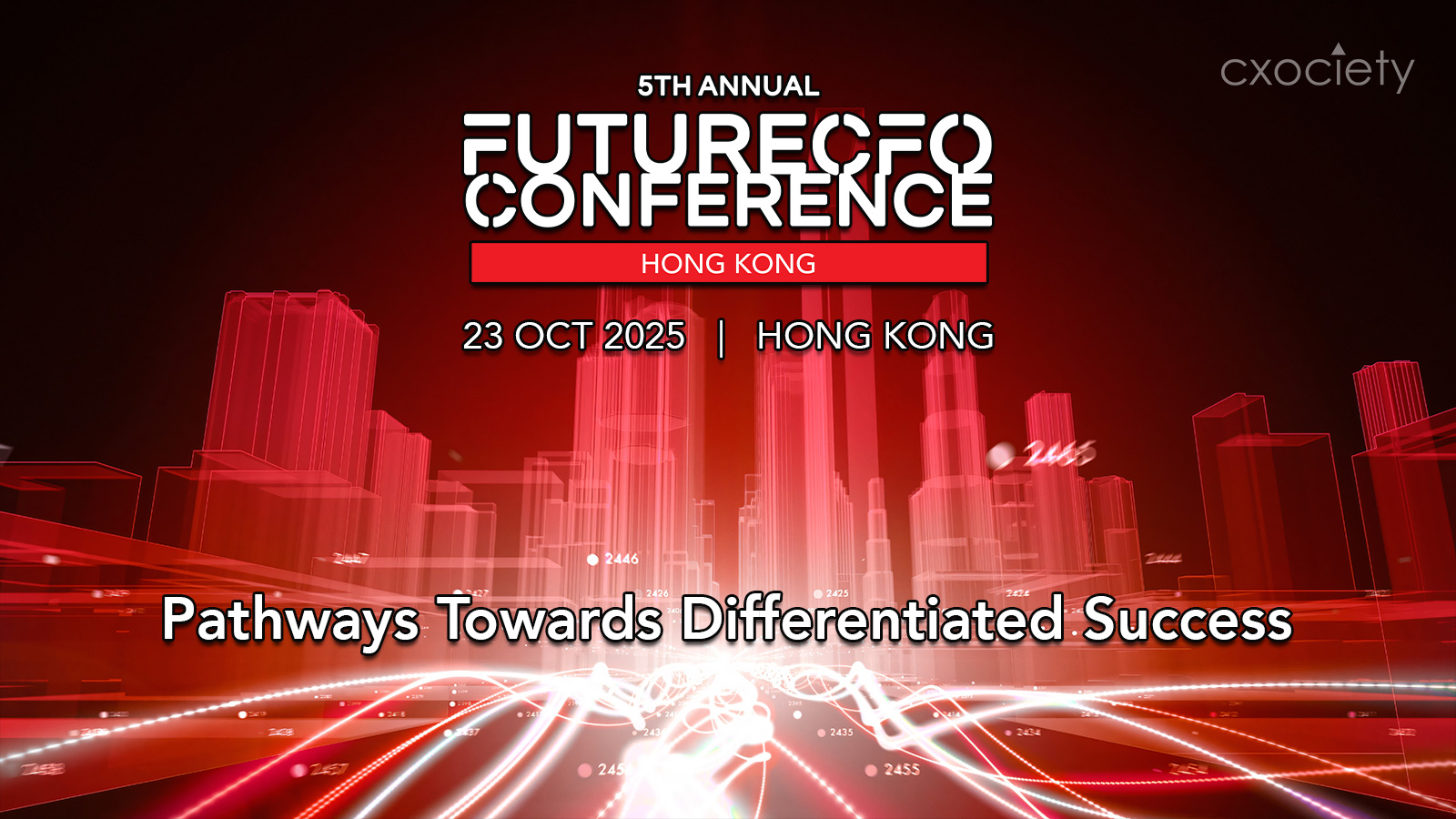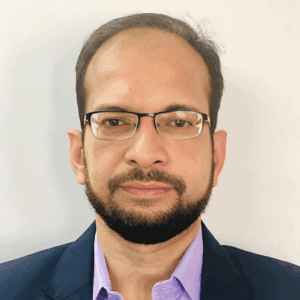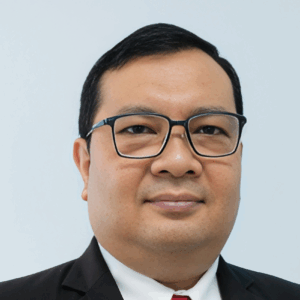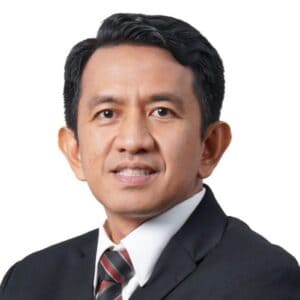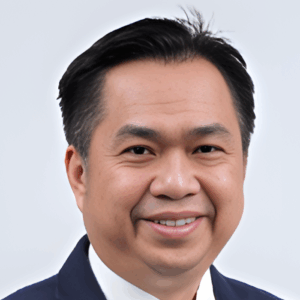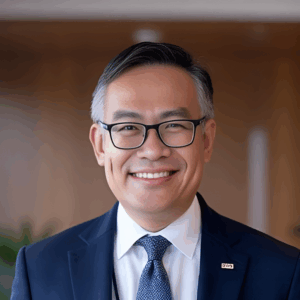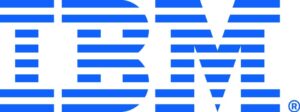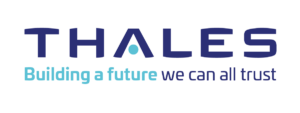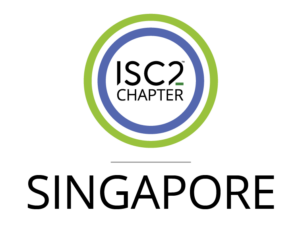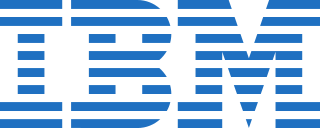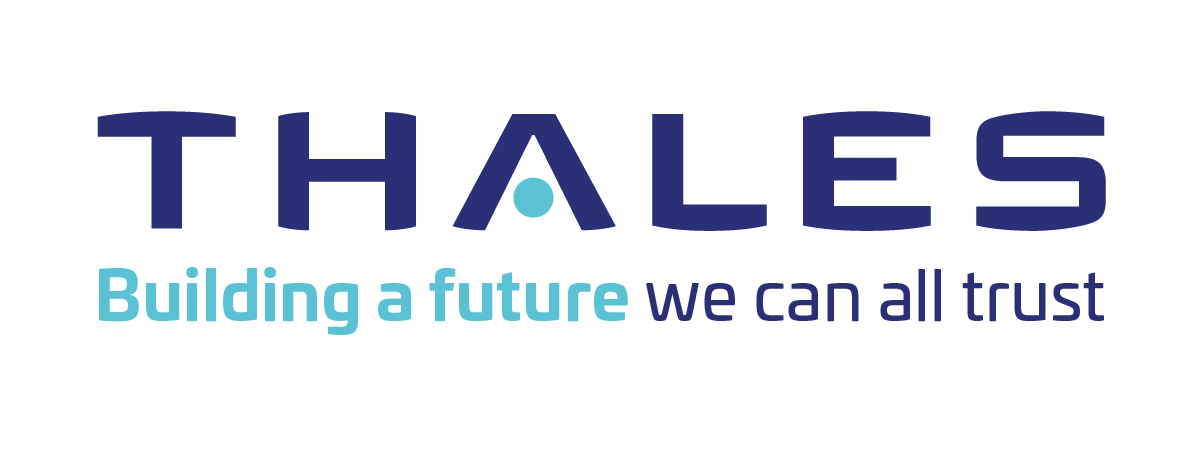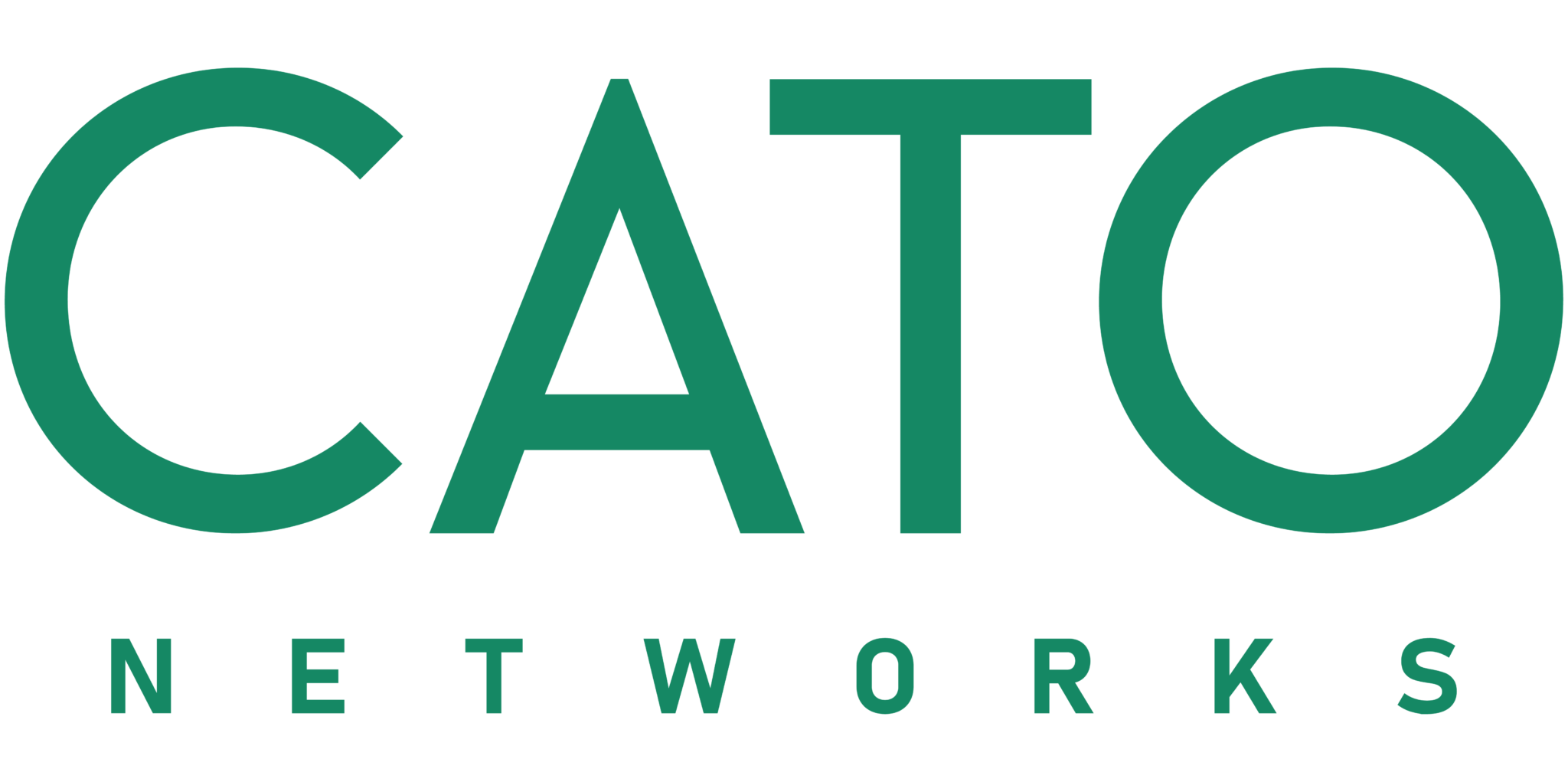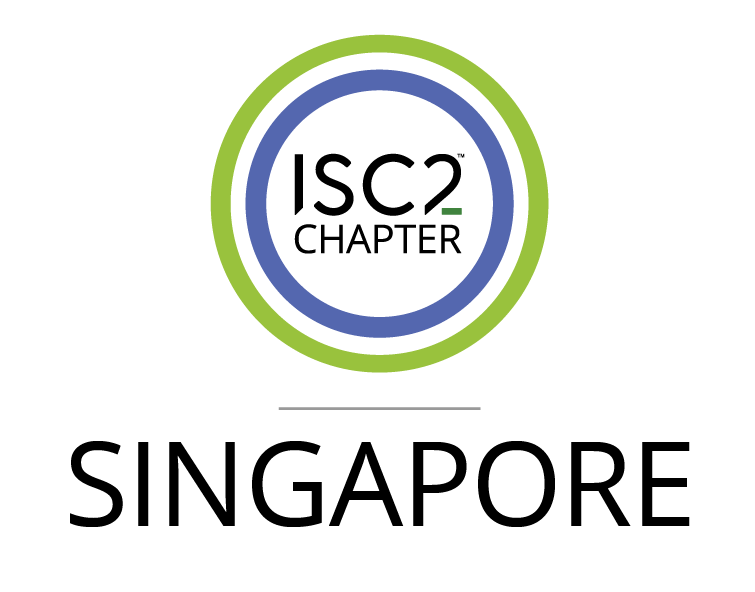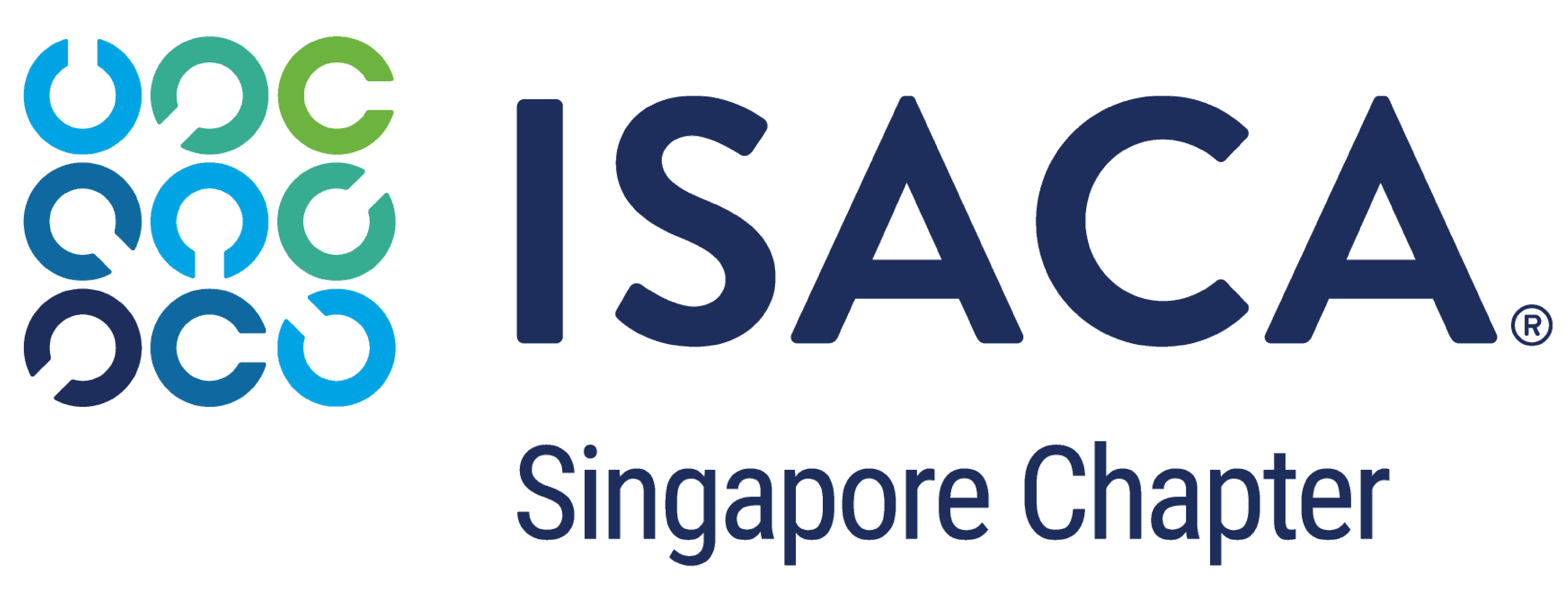- 6 November 2025
- 9am – 5pm (MYT)
- Kuala Lumpur
EVENT OVERVIEW
According to a report by Deloitte Global, Chief Information Security Officers (CISO) is morphing into a more influential member of corporate leadership as companies around the world are becoming more strategic in how they manage cybersecurity risk. Also, 20% of businesses now have their CISOs reporting directly to the CEO rather than CIOs, indicating the expanding influence of the role within organisations.
The continued heightened threat environment, adoption of breakthrough technologies like Artificial Intelligence (AI) and generative AI (Gen AI), quantum computing, cloud shifts, changing regulatory landscape and talent crunch require today’s cybersecurity leaders to establish and refine their cybersecurity strategies. Modern cybersecurity programs and resources will now need to include a combination of risk management, security infrastructure, capabilities, people and technology into action.
“It is clear that no matter where we go, we cannot avoid the impact of AI,” said Daryl Plummer, Distinguished VP Analyst, Chief of Research and Gartner Fellow. “AI is evolving as human use of AI evolves. Before we reach the point where humans can no longer keep up, we must.”
This sentiment underscores the urgency for CISOs to embrace innovation while fortifying their security postures. Recent incidents, such as the CrowdStrike and cloud outages, coupled with the rapid advancement of AI agents, have significantly expanded the attack surface for enterprises. As a result, CISOs must enhance their security and risk solutions to bolster operational resilience and improve incident response strategies.
The FutureCISO Malaysia Conference 2025, themed ‘Pathways Towards Differentiated Success’ will focus on how CISOs can enhance IT security value by ensuring that technology security initiatives contribute directly to business growth, resilience, and competitive advantage – driving agility that would allow their businesses to pivot quickly in response to disruption. The conference will feature insights from industry leaders and practitioners, addressing key topics such as:
- Cybersecurity as business enabler
- Optimising cybersecurity cost
- Innovations in digital defense
- Respond and recovery from incidents
- Securing and governing breakthrough technologies
Through this conference, we will reveal strategies that will define the future of cybersecurity in Asia and ensure that cybersecurity not only protects but also propels our organisations toward success.
WHO SHOULD ATTEND?
CISOs, CTOs, Directors, Heads, MDs, SVPs, VPs, Leads, involved in:
- Information Security
- Cyber Security Architecture and Strategy
- Security and Technology Risk
- Cyber Security and Privacy
- Information and Data Protection
- Risk and Compliance
- Cloud Governance and Security
WHY YOU SHOULD ATTEND
The FutureCFO Conference aims to give CFOs, who also act as their company’s strategic business partner and catalyst, insights on ensuring corporate growth and successfully mitigating risks and challenges amidst the current economic and political uncertainties in their countries. The conference will also address strategies and best practices on how CFOs can reimagine finance functions and their organizations to survive and thrive in today’s fast-paced and digitally driven landscape.
This by-invitation only one-day event will gather over 120 senior finance leaders from multiple industries and offers the best opportunity to hear from the industry’s leading professionals, contribute questions from the floor, engage in incisive panel discussions that discuss real-life business cases, updates and strategies to meet the most pertinent challenges facing the finance function in 2020.
High-Level Industry Speakers
We gather 20+ industry speakers and experts from leading organizations for keynote presentations and incisive discussions so you can tap on their invaluable insights and best practices important to your finance function management and transformation.
Interactive Discussions
Be part of our interactive panel discussions that address the current hot topics, share ideas and experiences and get the answers to your pressing questions from prominent finance leaders on stage.
Networking Opportunities
Meet new business partners, engage and forge new connections with fellow finance and treasury leaders in the region, solution providers and many more at our event through luncheons, coffee breaks, one-to-one meetings and informal introductions.
Targeted In-Depth Sessions
8 hours of learning and networking opportunities packed into 10 in depth sessions. Listen to corporate-driven best practices and case studies sharing that are targeted to your profession through the personalized country-specific conferences we crafted for you - FutureCFO Conferences.
2025 AGENDA
09:00
Chairman’s Welcome Remarks
Allan Tan, Group Editor-in-Chief, CXOCIETY
09:15
Panel Discussion I: Doing More with Less: Cybersecurity as Business Enabler
In a digital race where organisations need to constantly stay one step ahead of threat actors, cyber security has become a key aspect of business growth. Gartner forecasts that worldwide end-user spending on information security is projected to total $212 billion in 2025, an increase of 15.1% from 2024. How should IT security leaders demonstrate the value of cybersecurity to ensure business resiliency amid competing business needs and evolving attack vectors?
- Optimising existing security investments without compromising security posture
- Making the business case for cybersecurity investments: Risks vs. Investments
- Bridging the communication gaps with the boardroom and getting buy-ins from internal and external decision makers
- Tool consolidation and optimisation for remediating blind spots
- Getting the most value from limited security budgets by adopting Continuous Threat Exposure Management (CTEM) approach
Moderator:
Allan Tan, Group Editor-in-Chief, CXOCIETY
09:50
Keynote I: Navigating the Quantum Revolution with Postquantum Cryptography
The hype over quantum computing is likely to influence organisations in determining the level of quantum-readiness they will look to adopt, including the algorithms that NIST has announced for post-quantum cryptography. A Gartner prediction states that by 2029, advances in quantum computing will make most conventional asymmetric cryptography unsafe to use. This transition will be important for industries that rely on data security, as quantum computers could easily break widely used cryptographic algorithms and put sensitive data at risk.
- The latest quantum threat landscape
- Preparing for post-quantum cryptography
- Introducing quantum resistance into hardware security
- Developing a comprehensive cryptographic agility strategy to prepare for the quantum computing era
- Migrating to quantum-resistant algorithms without major disruptions
10:15
Panel Discussion II: Establishing Data Lakes Security in the Age of AI
Securing Artificial Intelligence (AI) or the infrastructure that AI application runs on is important, however ensuring data lake security is critical for modern organisations. How can CISOs ensure data integrity and confidentiality and prevent unwanted data tampering or manipulation while deploying complex algorithms applications such as AI or Machine Learnings (ML)?
- Protecting data no matter where it lives
- Challenges with safeguarding the data that AI lives on
- Protecting sensitive data with privacy-preserving technologies
- Developing holistic data-centric protection for improved governance and security
Moderator:
Allan Tan, Group Editor-in-Chief, CXOCIETY
10:50
MORNING COFFEE BREAK & NETWORKING
11:20
Keynote II: The Rise of Agentic AI: Security, Governance and Compliance
Gartner predicts that by 2028, at least 15% of day-to-day work decisions will be made autonomously through agentic AI (up from 0% in 2024). Further emphasizing the technology’s potential, the firm has named it a top strategic technology trend in 2025. This session will discuss why agentic AI is both ‘cool and scary’.
- The future of agentic AI and its implications for business
- The security risks of agentic AI
- Empowering operations security with agentic AI
- Outlining controls, governance, security measures and rules to secure agentic AI
11:45
Fireside Chat I: Securing the New Frontier with Generative AI
According to Gartner, the adoption of Generative AI (GenAI) will bridge the skills gap by 2028 and minimise the occurrence of employee-driven security incidents. With GenAI changing things fast in cybersecurity, how will GenAI impact CISOs and their teams in 2025?
- The expanded use of GenAI in strengthening digital defense
- Applying security frameworks around GenAI strategies
- Automating security and implementing AI to remediate visibility gaps
- How will the GenAI-driven SOC co-pilots transform cybersecurity in 2025
- Use cases of GenAI in cybersecurity
Interviewer:
Allan Tan, Group Editor-in-Chief, CXOCIETY
12:10
Panel Discussion III: CISO’s Approach to AI Governance
Gartner predicts that by 2028, organisations that implement comprehensive AI governance platforms will experience 40% fewer AI-related ethical incidents compared to those without such systems. This session will share how CISO can shape a robust AI governance framework and use AI governance platforms in the changing domain of artificial intelligence?
- Setting the standards for responsible AI and AI control
- Balancing risk management and data integrity with AI innovation through AI governance platforms
- Unifying data and AI governance frameworks
- Building AI Trust, Risk and Security Management (TRiSM) framework into AI models
- Use cases of AI governance platforms
Moderator:
Allan Tan, Group Editor-in-Chief, CXOCIETY
12:45
NETWORKING LUNCH
14:00
Keynote III: Innovations in Cloud Security: Gaining Complete Visibility into All Data-in-Motion
Cloud in business landscape is in a constant flux. IDC predicts that 750 million cloud-native applications will be created globally by 2025, as businesses work toward building these sustainable digital value engines.
Cloud as a software as a service (SaaS) provider, exponential data expansion, adoption of Industry Cloud Platforms (ICPs) and new era of cloud computing being dominated by AI are some of the cloud shifts that businesses expect to see in 2025. Given the new developments that are changing the nature of the cloud, how can CISOs manage the heightened concerns about cloud security?
- The future of cloud and emerging cloud-native threats in 2025
- Blind spots across hybrid cloud infrastructure
- Implementing AI-driven security in the cloud
- Achieving deep observability across cloud infrastructure
14:25
Fireside Chat II: Revolutionising Identity and Access Management (IAM)
Gartner estimates that by 2025, at least 35% of organisations will utilise generative AI as part of their identity fabric functions which will substantially improve user experience and efficiency of their IAM controls. The firm also predicts that through 2026, 40% of IAM leaders will take over the primary responsibility for detecting and responding to IAM-related breaches. This session will highlight strategies in guaranteeing data security and successfully secure access in modern and complex IT infrastructure.
- The evolving IAM architecture
- Identity-first approaches to achieve Zero Trust in IAM
- How AI and ML are transforming IAM
- Ensuring robust organisational identity fabric and IAM with GenAI and Privileged Access Management (PAM)
- Integrating Third-Party Risk Management (TPRM) with IAM to prevent third-party breaches
Interviewer:
Allan Tan, Group Editor-in-Chief, CXOCIETY
14:50
Panel Discussion IV: Elevating Response and Recovery in Cybersecurity
As the world navigates the ever-evolving landscape of cyber threats and attacks, there is no way security leaders can keep up with these. According to Gartner, CISOs who elevate response and recovery to equal status with prevention are generating more value than those who adhere to outdated zero tolerance for failure mindsets. Rather than keep implementing new tools every time new cybersecurity disruption occur, CISOs should consider deploying new approaches to stay resilient.
- How to become an augmented cybersecurity organisation
- Setting a clear cybersecurity roadmap that thrives
- Developing well-established processes and solutions that will be applicable regardless the threats evolution
Moderator:
Allan Tan, Group Editor-in-Chief, CXOCIETY
15:25
AFTERNOON COFFEE BREAK & NETWORKING
15:55
Executive Interview: Managing the Cybersecurity Burnout Crisis
A study from BlackFog reveals that nearly a quarter of CISOs and IT Security decision makers are actively considering leaving their roles, with 93% citing overwhelming stress as the key driver. With the progressively advanced and unrelenting cyberthreats, such as AI-powered attacks, ransomware, growing vulnerability on social media platforms and data exfiltration, IT security leaders face immense pressures to secure their organisations, are tasked with mounting responsibilities and often need to work longer hours with fewer resources. How should enterprises address the burnout crisis in their IT security function?
- The rising pressures on cybersecurity leaders
- Fostering a strong cyberculture from the top down
- How to address burnout and retain top cybersecurity talents
- The path to cyber resilience through effective people management
Interviewer:
Allan Tan, Group Editor-in-Chief, CXOCIETY
16:20
Panel Discussion V: Preventing, Detecting and Responding to Disinformation and Misinformation in the Age of AI
Gartner predicts that by 2028, 50% of enterprises will begin adopting products, services or features designed specifically to address disinformation security use cases, up from less than 5% today. In the era where disinformation campaigns are magnified by the proliferation and potential misuse of generative AI to produce what is known as “synthetic content”; if left unchecked, this can cause serious financial loss and lasting reputational damage to any organisation.
- Disinformation 2.0 in the age of AI
- Implementing disinformation security to combat disinformation
- Integrating and implementing ethical AI and ML to prevent the spread of misinformation
Moderator:
Allan Tan, Group Editor-in-Chief, CXOCIETY
16:55
Fireside Chat III: Integrating Cyber Crisis Management into Incident Response Plan
The recent case with CrowdStrike and prolonged outages suffered by cloud hyperscalers serve as a stark reminder of the ever-present challenges in managing complex cybersecurity environments and the importance of having a well-rehearsed incident response plan. With the ever-changing cyber threat environments and ransomware are poised to become even more sophisticated, fused with AI and automation to increase the speed and precision of their attacks – how should CISO enable effective incident response in the years to come?
- The growing role of Security Orchestration, Automation, and Response (SOAR) platforms to manage incidents more effectively
- Developing an organisational approach to incident response preparedness
- Maintaining strong incident response plan amidst fluctuating regulatory landscape
- Real-world examples of secure framework implementations
Interviewer:
Allan Tan, Group Editor-in-Chief, CXOCIETY
17:20
CHAIRMAN’S CLOSING REMARKS
17:30
END OF CONFERENCE
WHY SPONSOR
We will help you GENERATE quality business leads.
We will help you INCREASE your regional profile.
We will help you CREATE new business opportunities.
- Get cost-effective marketing exposure and branding to your target audience, culminating in face-to-face meetings with your prospects.
- Position and profile yourself as an industry leader.
- Increase your brand recognition.
- Create new partnerships and alliances.
- Develop relationships through new virtual networking opportunities.
- Showcase new products and services to a targeted audience of decision makers.
- Get direct and exclusive access to Key decision-makers
Sponsorship Opportunities:
- Nigel Standley
- +65 9176 6363
- [email protected]

